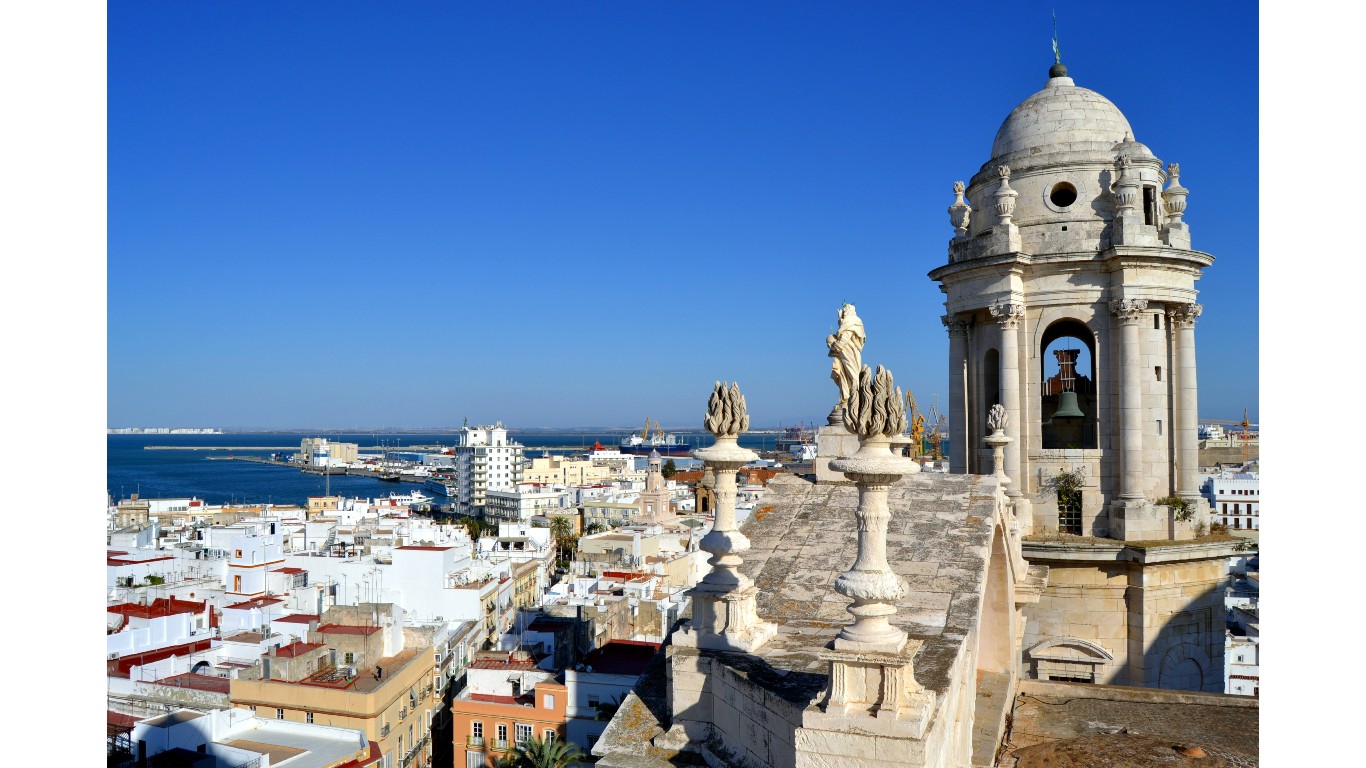
The history of Mediterranean Europe and the Middle East is one of conquest. Dozens of empires have come and gone, each leaving their mark on the places they’ve conquered. Many cities that still exist in these areas have seen the rule of Assyrians, Babylonians, Persians, Romans, Arabs, and Ottomans, to name a few. Despite changing hands, these cities, often on coastal or inland trade routes, have remained occupied.
24/7 Tempo has compiled the oldest continuously occupied cities in the world. Most of these cities are in the Middle East, where agriculture is known to have originated, and where multiple civilizations developed independently during the Neolithic period of history. Some of these cities have been destroyed multiple times by invading armies, earthquakes, and other natural disasters. Here are great cities that came back after being nearly destroyed.
Some of the oldest cities were first founded by the Phoenicians, a seafaring Semitic-speaking people who settled mainly in the Levant region on the east coast of the Mediterranean Sea. Their trade routes led them to establish port colonies on several Mediterranean Islands, as well as along the north coast of Africa and the Iberian Peninsula of Spain.
History is piled upon itself in some of the oldest cities. A few have retained their original Hellenistic urban layouts. Remnants of ancient architecture often linger among the modern structures. Historic fortresses, aqueducts, temples, baths, and castles can be seen in a majority of the cities. Here are Europe’s most beautiful castles.
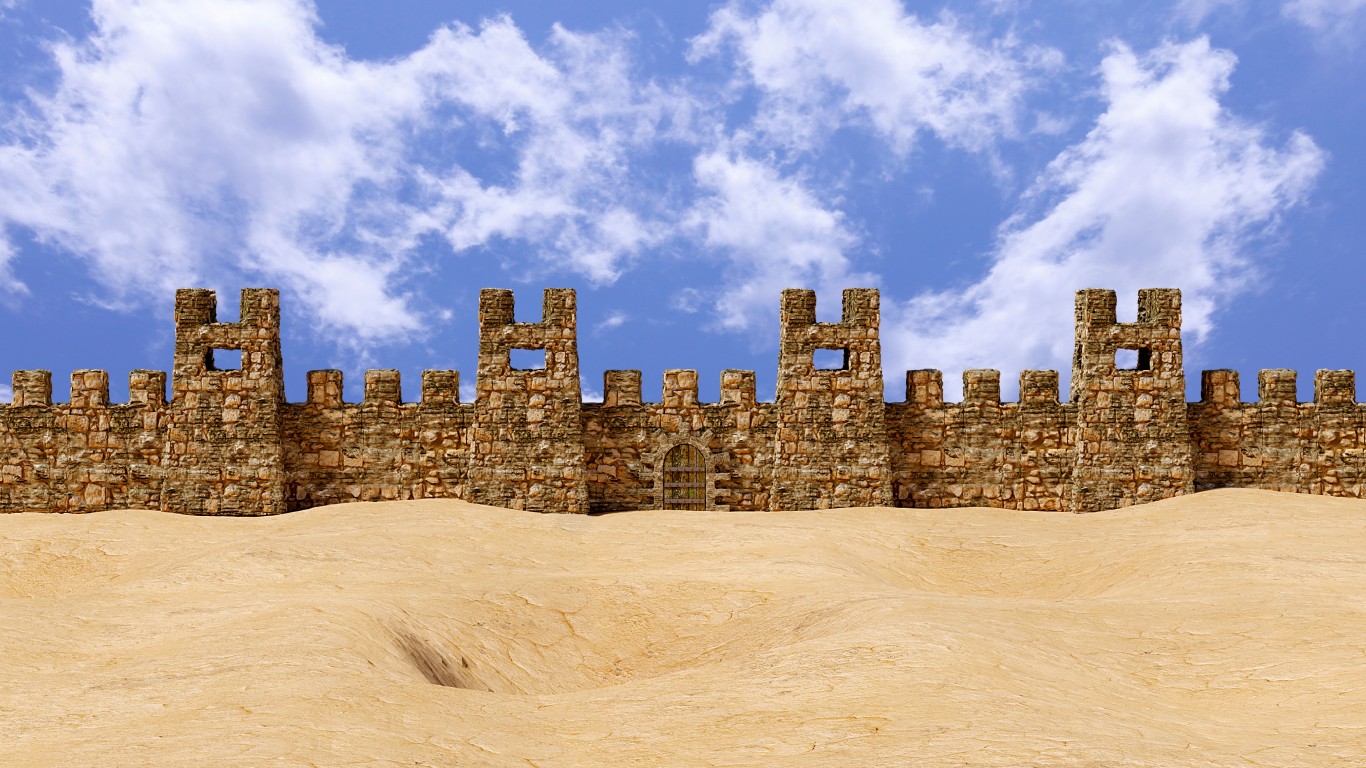
1. Jericho, West Bank
> In existence since: 11,000 – 9,300 B.C.
Not only is the Palestinian city of Jericho the oldest continually occupied city in the world, it is also the first known walled city, as archaeologists have discovered stone fortifications and towers dating back to at least 8000 BC. The walls may have been intended to protect the city from flooding, as Jericho lies well below sea level. In its earlier years, the ancient city was devastated by earthquakes, fire, and war.
[in-text-ad]
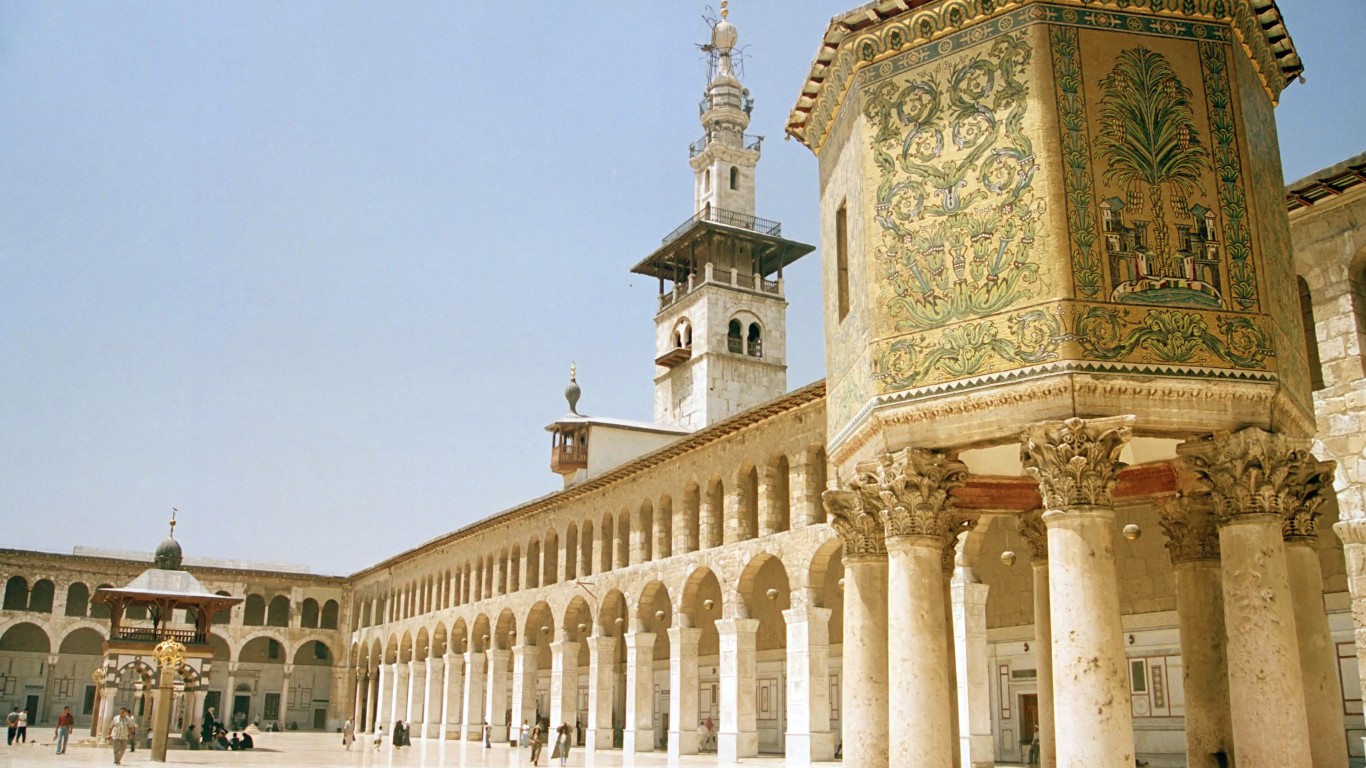
2. Damascus, Syria
> In existence since: 10,000 – 8,000 B.C.
Once a flourishing trade city, known for its swords and lace, Damascus has gone through many cultural incarnations and retains characteristics from the Greek, Roman, Byzantine, and Islamic civilizations that built it. Among the intact ancient monuments is the spectacularly preserved 8th century Great Mosque of the Umayyads.

3. Ray, Tehran, Iran
> In existence since: 6,000 B.C.
Within the modern-day city of Tehran lies an ancient city sacred to the Zoroastrians. Ray, formerly known as Rhages and Arsacia, was nearly destroyed several times during the Middle Ages by invading Turks, Arabs, and Mongols. Several historical sites remain intact, including Cheshmeh-Ali, a neolithic-era recreational center and spring that is a popular place to wash the Persian rugs that Iran is famous for.
4. Erbil, Iraqi Kurdistan
> In existence since: 6,000 B.C.
A fortified citadel in the center of modern-day Erbil sits on a 100 foot hill made of ancient building debris dating back as far as the 5th millennium BC. Once known as Arbela, the ancient Sumerian city was conquered by the Assyrians, and later by the Seljuk and Ottoman empires. Erbil remains ethnically and religiously diverse, with populations of Assyrians, Armenians, Arabs, Kurds, and Iraqi Turks.
[in-text-ad-2]

5. Aleppo, Syria
> In existence since: 6,000 – 5,000 B.C.
Located on several trade routes including the silk road, the ancient city of Aleppo was an important metropolitan center for millennia. It was ruled in succession by dozens of different empires including the Akkadians, Hittites, Assyrians, Romans, and Ottomans. Although much of the ancient walled city and surrounding monuments have survived to the present day, the Syrian civil war has damaged or destroyed many relics and buildings.

6. Istanbul, Turkey
> In existence since: 5,500 – 3,500 B.C.
Formerly known as Lygos during Thracian times, Byzantium during Greek occupation, and Constantinople during the Roman and Ottoman empires, the city of Istanbul was once the largest city in the ancient western world. Some ancient sites include the Hagia Sophia cathedral and Topkapi Palace, as well as numerous intact ruins that now lie underground and in basements.
[in-text-ad]
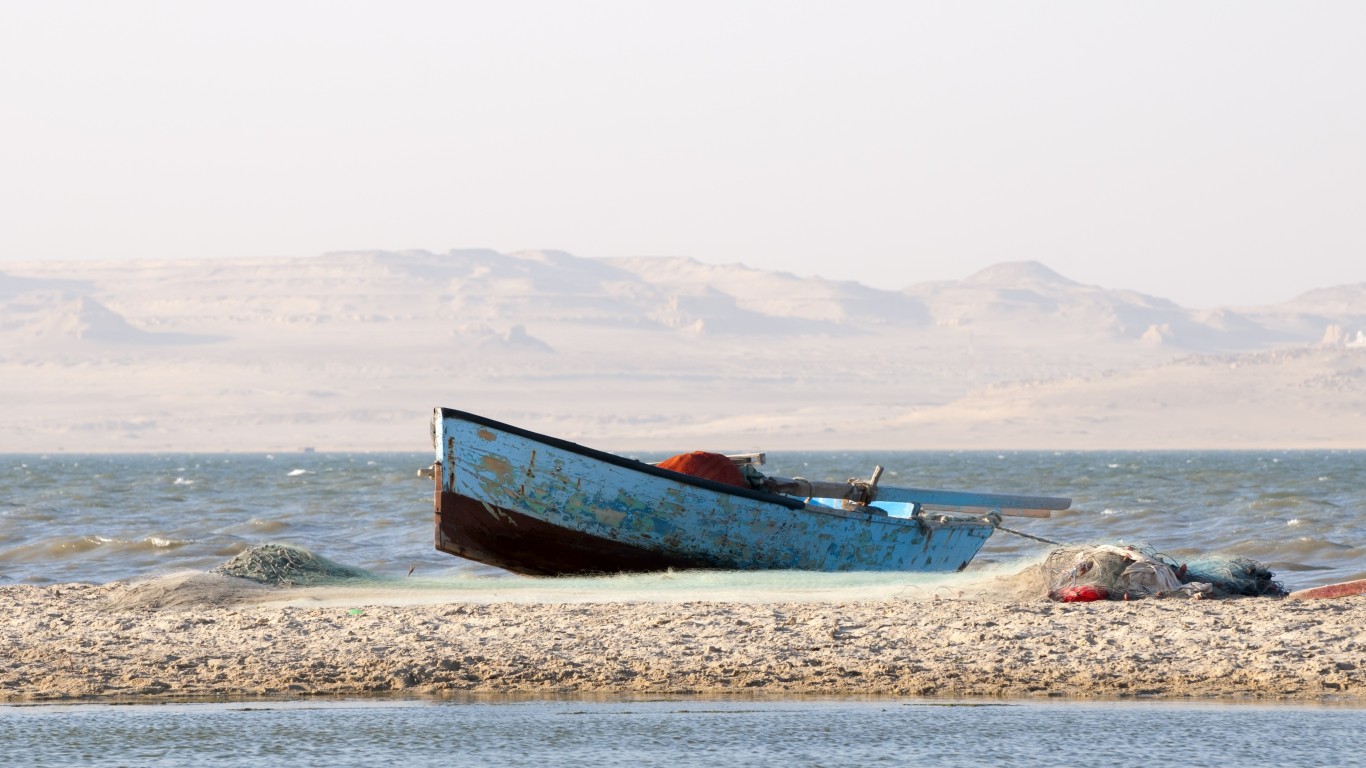
7. Faiyum, Egypt
> In existence since: 5,000 B.C.
Once a sandy, lifeless desert basin, Faiyum became fertile ground as the Nile river diverted over the arid region. Early agricultural settlements sprouted up, followed by the ancient Egyptian city of Shedet. The area remained largely wild and was used as hunting grounds for many centuries, then slowly became an upper-class residential neighborhood before it fell into temporary ruin from drought and overuse.
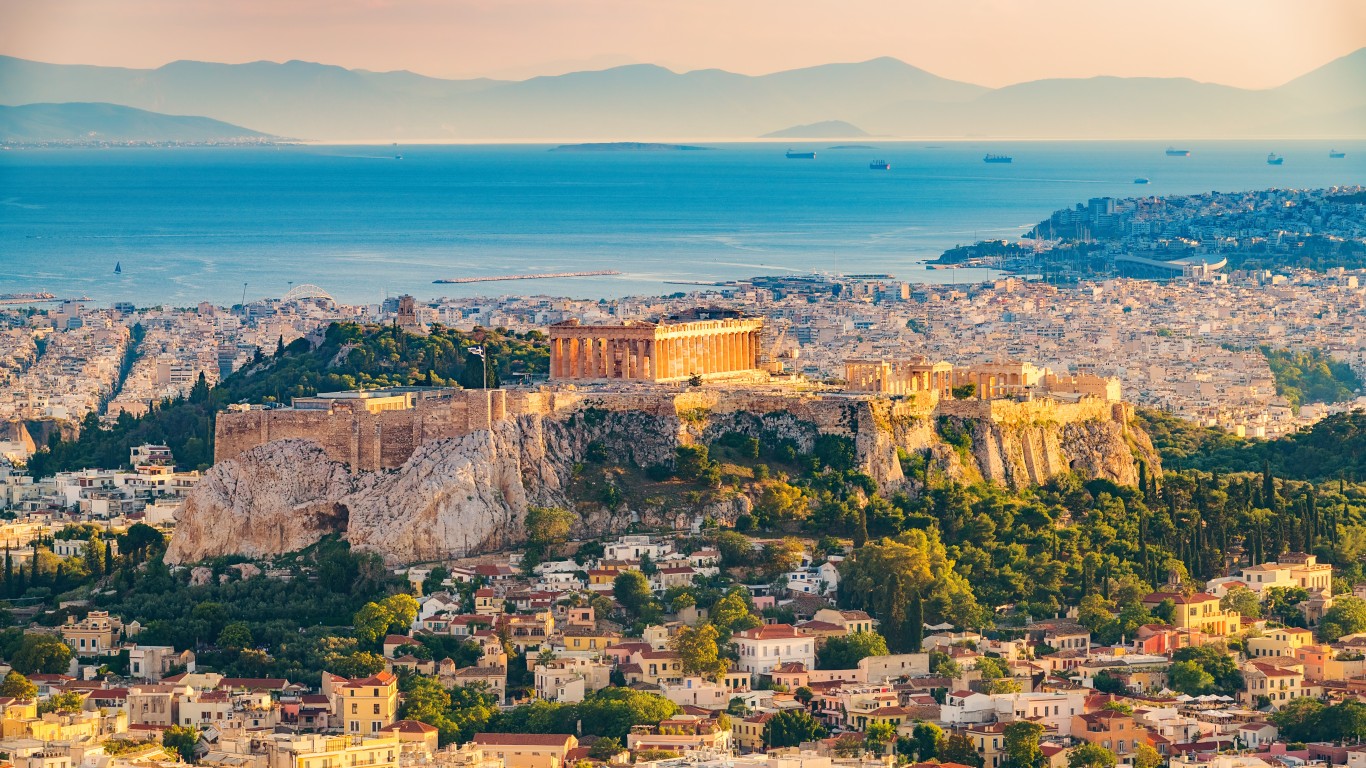
8. Athens, Greece
> In existence since: 5,000 B.C.
An ancient citadel — known as the Acropolis — that rises up from a rocky outcrop in the city of Athens was first inhabited by Neolithic peoples. Situated on the Acropolis are the ruins of the Parthenon, the ancient temple to the goddess Athena, from whom the Greek city takes its name. Athens is known as the home of many ancient Greek intellectuals and philosophers, including Socrates and Aristotle.
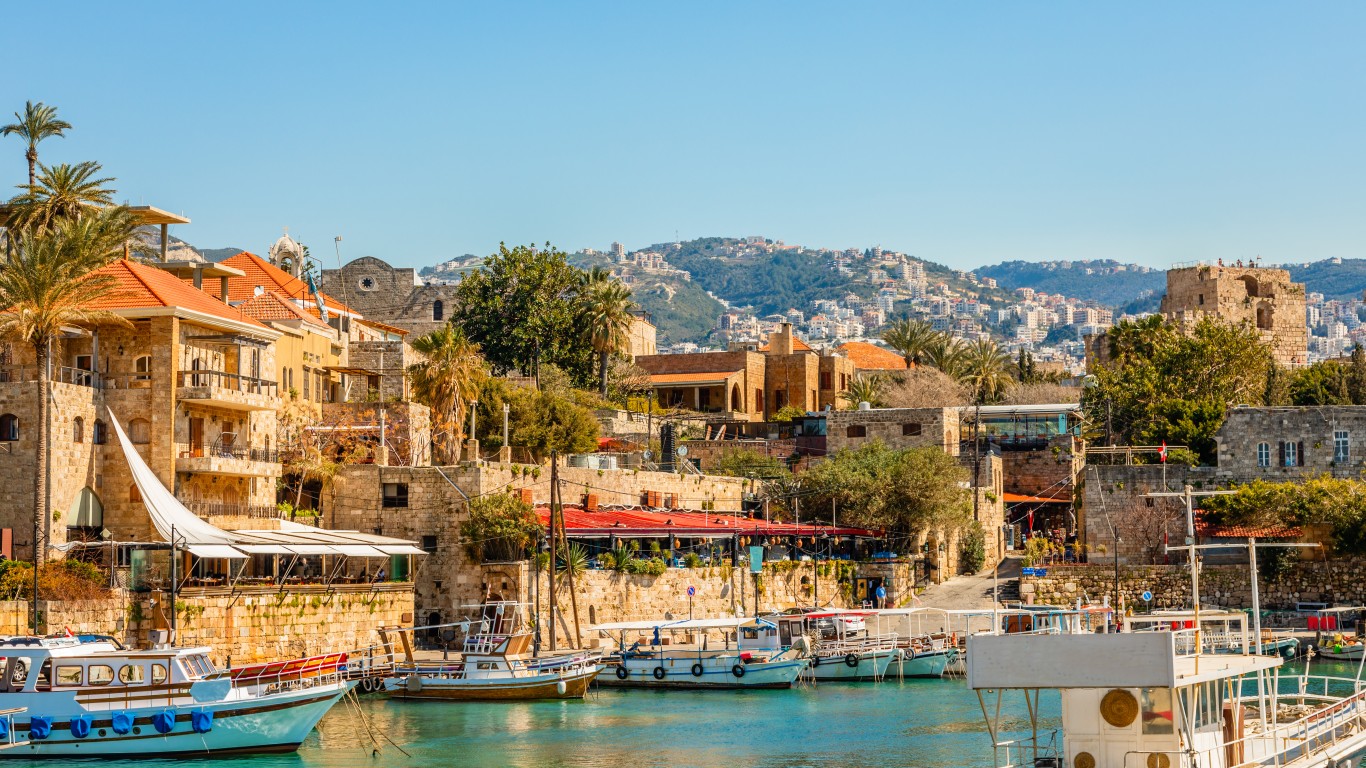
9. Byblos, Lebanon
> In existence since: 5,000 B.C.
Once the Phoenician port city of Gebal, Byblos became known for its timber, shipbuilders, and papyrus trade, getting its name from the Greek word for book. It is in this ancient city that the earliest examples of the Phoenician alphabet were discovered. The city eventually declined after the fall of the Roman empire and was invaded and damaged by both Arabs and Crusaders.
[in-text-ad-2]
10. Shush, Iran
> In existence since: 5,000 – 4,000 B.C.
Modern-day Shush sits on and around the site of the ancient city of Susa, which was occupied by the Sumerian, Elamite, Achaemenid Persian, and Parthian Empires. Although Susa was once a wealthy metropolis teeming with skilled tradespeople, the city was ransacked or destroyed multiple times, including by Hammurabi of Babylon, Alexander the Great, and the Mongols, eventually being left in ruins.
11. Jerusalem, Levant region
> In existence since: 4,500 – 3,400 B.C.
An important city to Jews, Christians, and Muslims, Jerusalem has a long history of turmoil and has been attacked dozens of times and destroyed twice. It has been occupied by many groups including the Cannanites, Israelites, Babylonians, Persians, Romans, Arabs, and Ottomans. Despite the attacks and sieges it has undergone, the Old City of Jerusalem still contains over 200 historic monuments.
[in-text-ad]
12. Plovdiv, Bulgaria
> In existence since: 4,000 B.C.
Now a bustling metropolis and the second largest city in Bulgaria, the town of Plovdiv started out as a Neolithic settlement, then a Thracian city, and eventually became the capital of the Roman province of Thrace. Called Trimontium, the Roman city included baths, theaters, and a water and sewage system — some of which have been excavated. One of the best-preserved ancient buildings is the Stadium of Philippopolis.
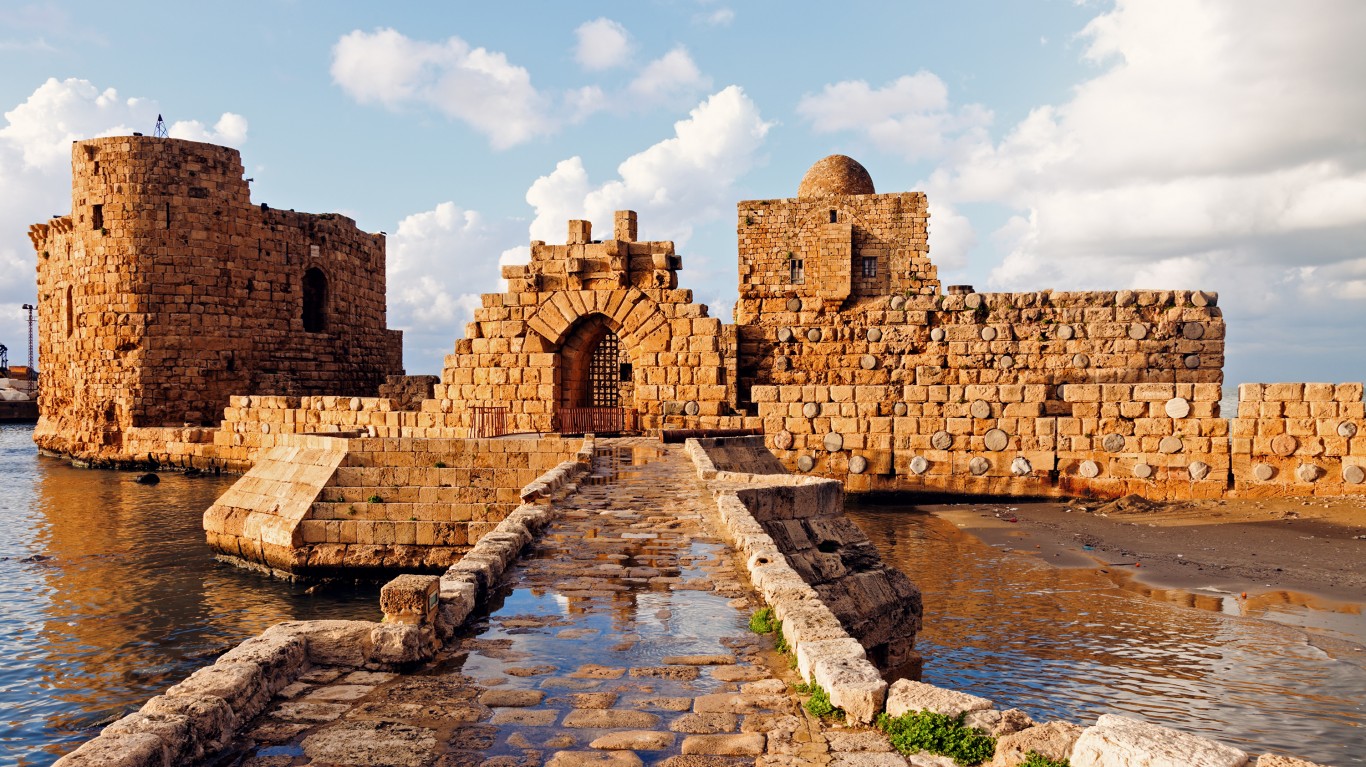
13. Sidon, Lebanon
> In existence since: 4,000 B.C.
Formerly a major Phoenecian port city, Sidon was known for its production of purple dye, glass, and fine embroidery. Like many cities in the area, it was ruled by numerous conquerors over the years, including the Assyrians, Egyptians, and Ottomans. Among the ancient sites that still stand in Sidon is the Temple of Eshmun, the Phoenecian god of healing.
14. Gaziantep, Turkey
> In existence since: 3,650 B.C.
The site of numerous historic mosques, as well as an ancient castle and citadel, Gaziantep has been occupied since at least the early Bronze Age. Once controlled by Cicilian Armenia, the city retained a large Armenian community and culture for 2000 years until the Armenian Genocide of the early 1900s.
[in-text-ad-2]
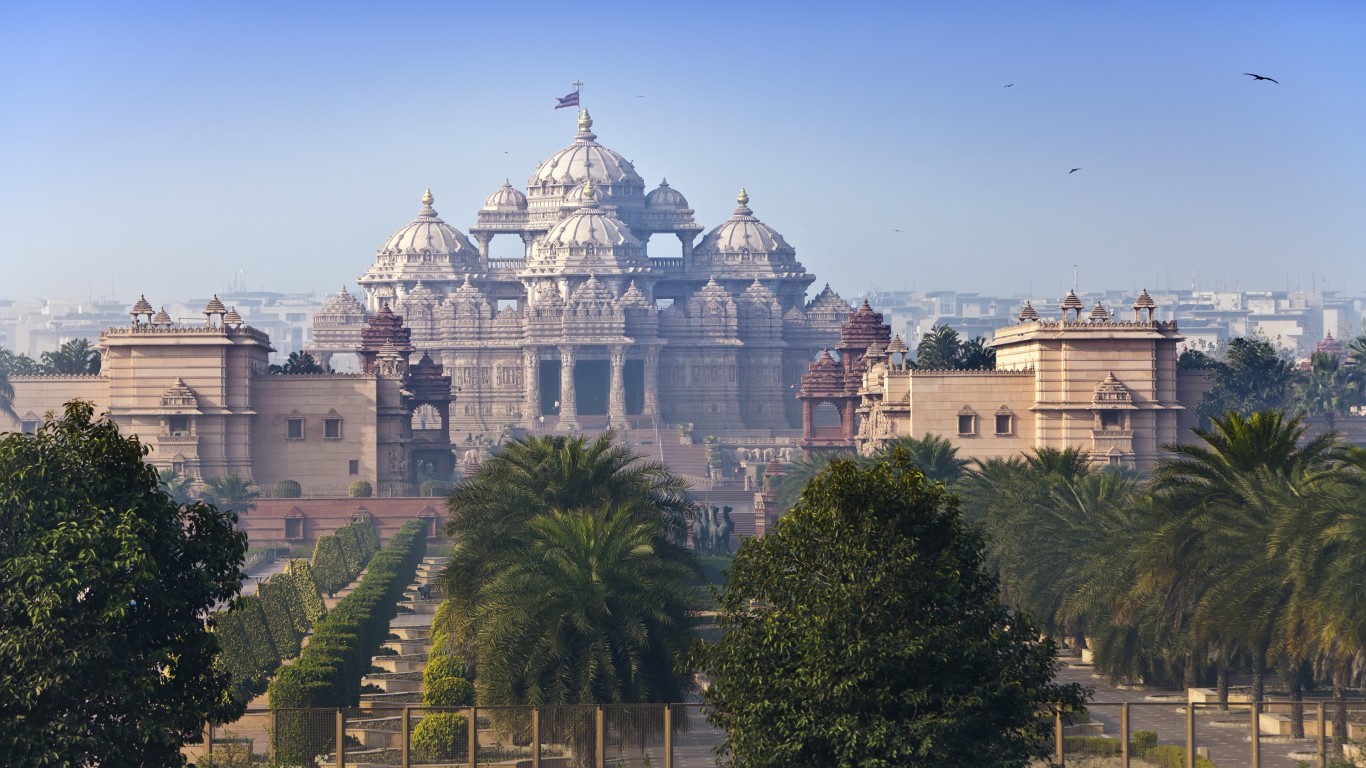
15. Delhi, India
> In existence since: 3,500 B.C.
The largest city in India, Delhi has been the capital of more than a few empires including the Mughals, and has been destroyed and rebuilt multiple times. Although the Mahabharata ties Delhi to the ancient city of Indraprastha, evidence to support this history is still sparse. Many impressive tombs and mosques still exist within the city.

16. Luxor, Egypt
> In existence since: 3,200 B.C.
The modern city of Luxor stands in the place of the ancient Egyptian city of Waset, and encompasses multiple ancient temple complexes that are still standing today. Waset was the capital of Upper Egypt and the city of the god Amun, who later became known as Amun-Ra. Amun-Ra was worshiped in the Karnak Temple, which remains a popular tourist attraction within Luxor.
[in-text-ad]

17. Argos, Greece
> In existence since: 3,000 B.C.
There are remnants of Neolithic settlements in the city of Argos, but it didn’t become an important stronghold in the fertile Argolis agricultural area until the late Bronze Age Mycenaean era of Greece. Multiple ancient theaters, tombs, baths, monuments, and a castle still stand in the modern-day city.
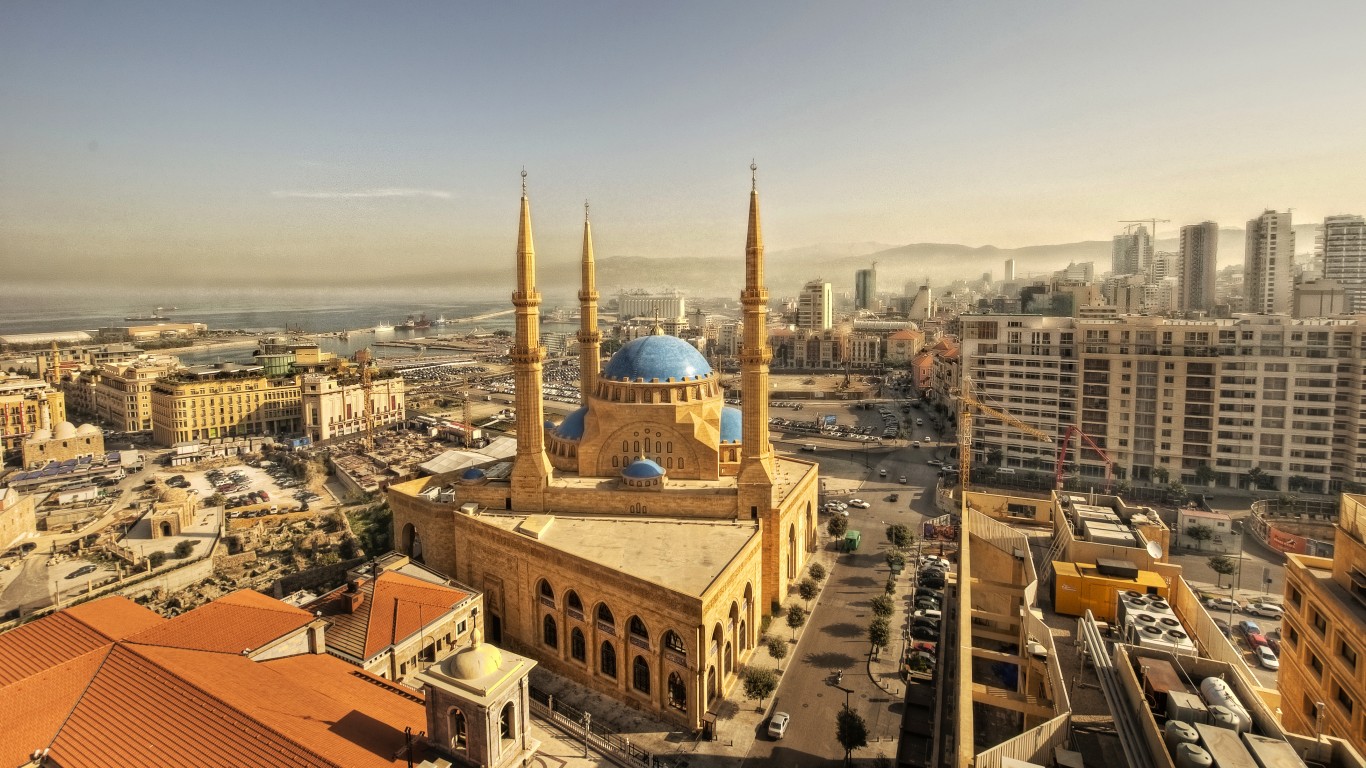
18. Beirut, Lebanon
> In existence since: 3,000 B.C.
Within the city of Beirut, several archaeological sites have uncovered Paleolithic, Neolithic and Bronze Age artifacts, but the first known settlement was most likely Phoenician. The city has since been through Hellenistic, Roman, and Ottoman rule, among others. Many of the historic buildings from the Ottoman Period were destroyed in Lebanon’s civil war, with others demolished in recent years by property developers.
19. Tyre, Lebanon
> In existence since: 2,750 B.C.
Another ancient Phoenician port city, Tyre originally consisted of an island trade center, and a nearby mainland city called Ushu. The city’s tradespeople were known for making fine purple dye from shellfish. Many Roman ruins are still standing in the city, including a mosaic road, water cisterns, baths, and one of the largest, most intact Roman hippodromes, which were stadiums used for chariot racing.
[in-text-ad-2]

20. Kirkuk, Iraq
> In existence since: 2,200 B.C.
The modern-day city of Kirkuk, which is a contested area amongst Kurds, Turkmen, and Arabs, was formerly an Akkadian and then Assyrian city called Arrapha. The walled citadel of the old city still towers over the town and contains a church with intact mosaics as well as a tomb that some believe is the resting place of the Jewish prophet Daniel.

21. Luòyáng, China
> In existence since: 2,000 B.C.
One of the Four Great Ancient Capitals of China, Luòyáng was established by the Xia, China’s first ruling dynasty. It later became the capital of the Han dynasty, and the first Buddhist temple in China was erected there soon after. Several historic sites draw tourists to the city, including Longmen Grottoes, which features carved limestone caves and tens of thousands of Buddha statues.
[in-text-ad]

22. Balkh, Afghanistan
> In existence since: 1,500 B.C.
Once a Zoroastrian city and a major trade center along the Silk Road, Balkh was known for its camels, grapes, and oranges, as well as for its talented craftspeople and philosophers. It later became a major center of Buddhist practice, followed by Islam, but was decimated by Genghis Khan in 1220 AD. The city has slowly regained a population since its destruction, with some 14th and 15th century architecture intact.
23. Thebes, Greece
> In existence since: 1,400 B.C.
The site of a settlement dating back to the Bronze Age, Thebes was one of the major warring cities in Ancient Greece until it was destroyed by Alexander the Great in 335 BC. It was restored soon after and eventually became a center for silk production in the Byzantine empire. The once-great city is now a small market town with a few remnants of its ancient roots, including the ruins of the old citadel, Cadmea.
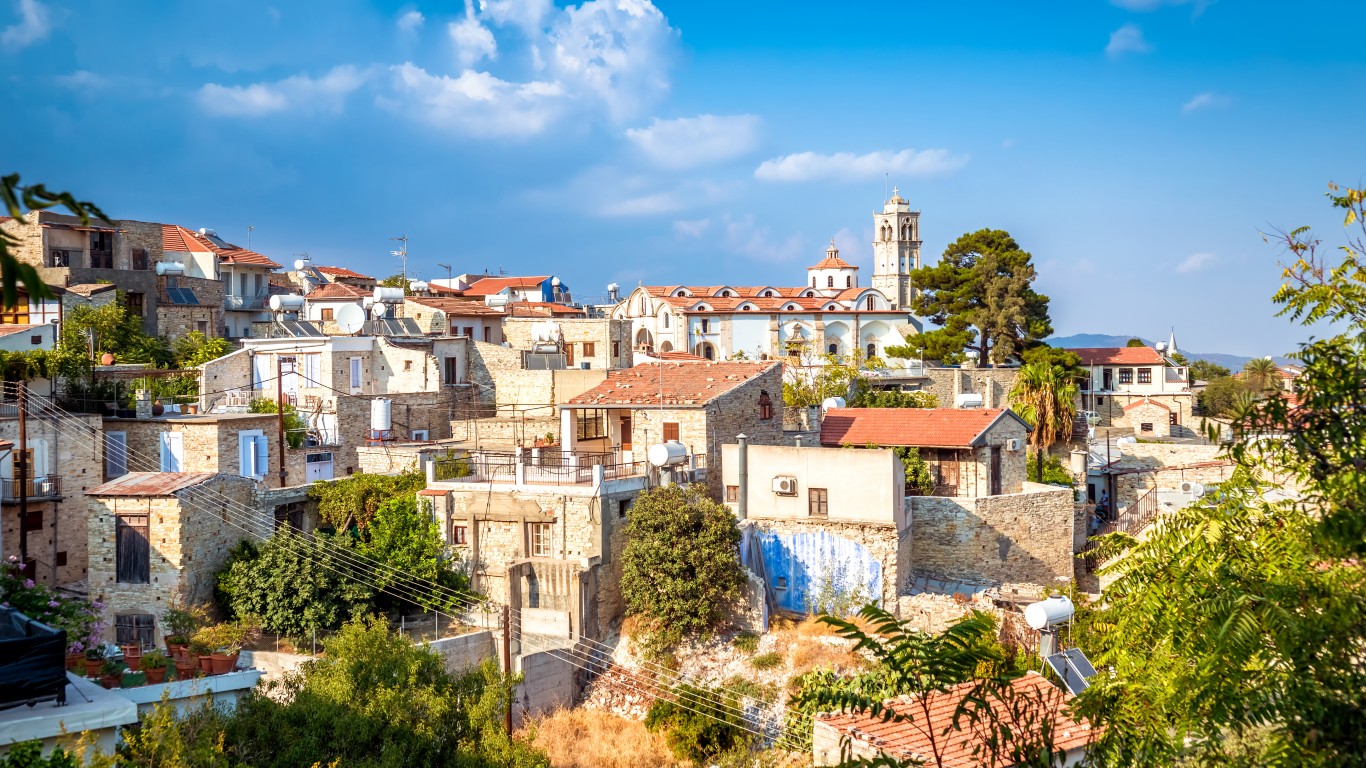
24. Larnaca, Cyprus
> In existence since: 1,400 B.C.
Originally a coastal Greek city called Kition, this port was then used by the Phoenicians, Assyrians, and Egyptians. After being destroyed by earthquakes in the 4th century AD, the city was rebuilt slightly further south. Larnaca is now known for its palm tree-lined coast and retains historical monuments including an aqueduct, castle, and mosque.
[in-text-ad-2]
25. Cádiz, Spain
> In existence since: 1,100 B.C.
Known as the oldest city in Western Europe, Cádiz was founded by the Phoenicians, who called it Gadir, meaning “The Wall.” It was later occupied by numerous groups including the Carthaginians, Romans, Visigoths, and Moors. The walled city’s current fortifications date back to the 16th century, and multiple castle fortresses still stand along the coastline.
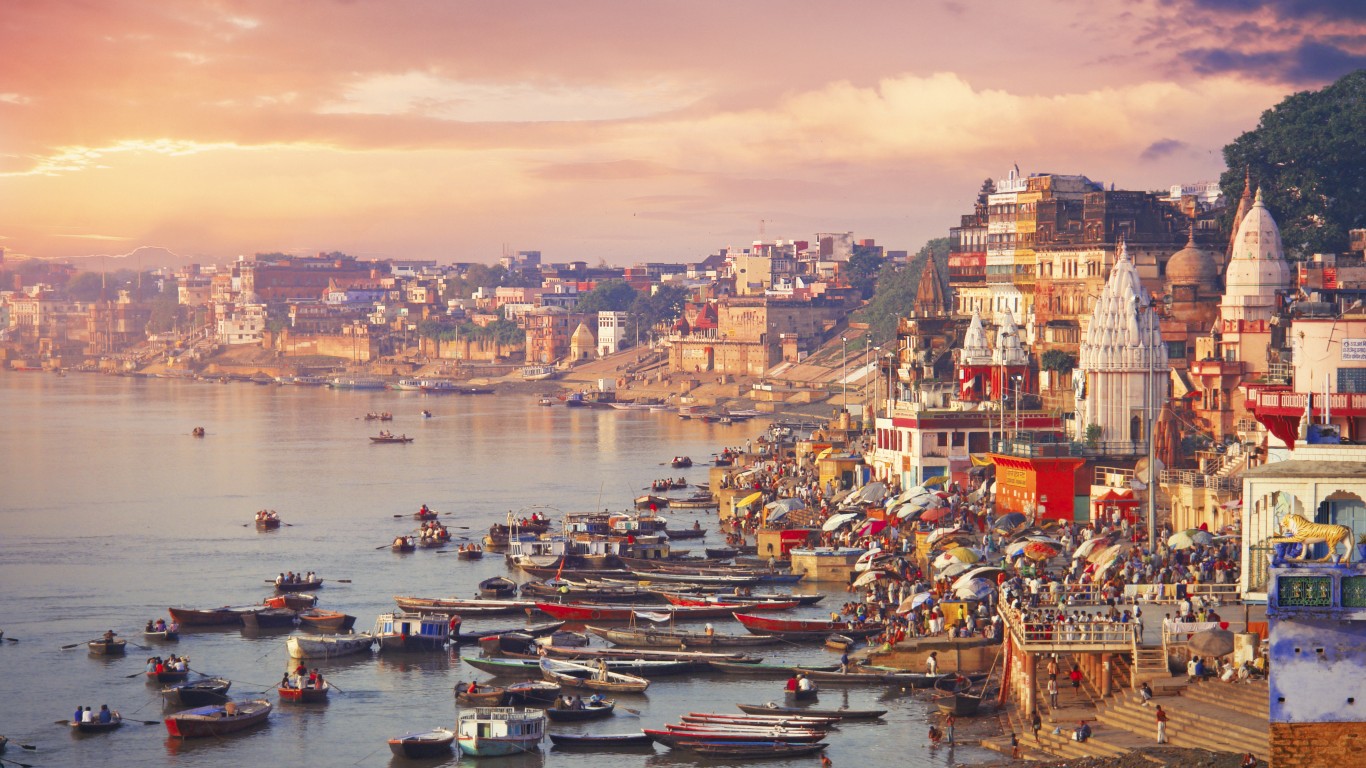
26. Varanasi, India
> In existence since: 1,000 B.C.
Within the modern-day city of Varanasi, along the banks of the Ganges river, lie the ruins of the ancient city, where archaeologists have found pottery shards dating back to 1,800 BC. The old city was a bustling center of industry, producing fabrics, perfumes, and sculptures. Varanasi is an important locale in both Hindu and Buddhist mythology, and contains multiple historic stupas and temples.
Credit card companies are handing out rewards and benefits to win the best customers. A good cash back card can be worth thousands of dollars a year in free money, not to mention other perks like travel, insurance, and access to fancy lounges. See our top picks for the best credit cards today. You won’t want to miss some of these offers.
Flywheel Publishing has partnered with CardRatings for our coverage of credit card products. Flywheel Publishing and CardRatings may receive a commission from card issuers.
Thank you for reading! Have some feedback for us?
Contact the 24/7 Wall St. editorial team.
 24/7 Wall St.
24/7 Wall St.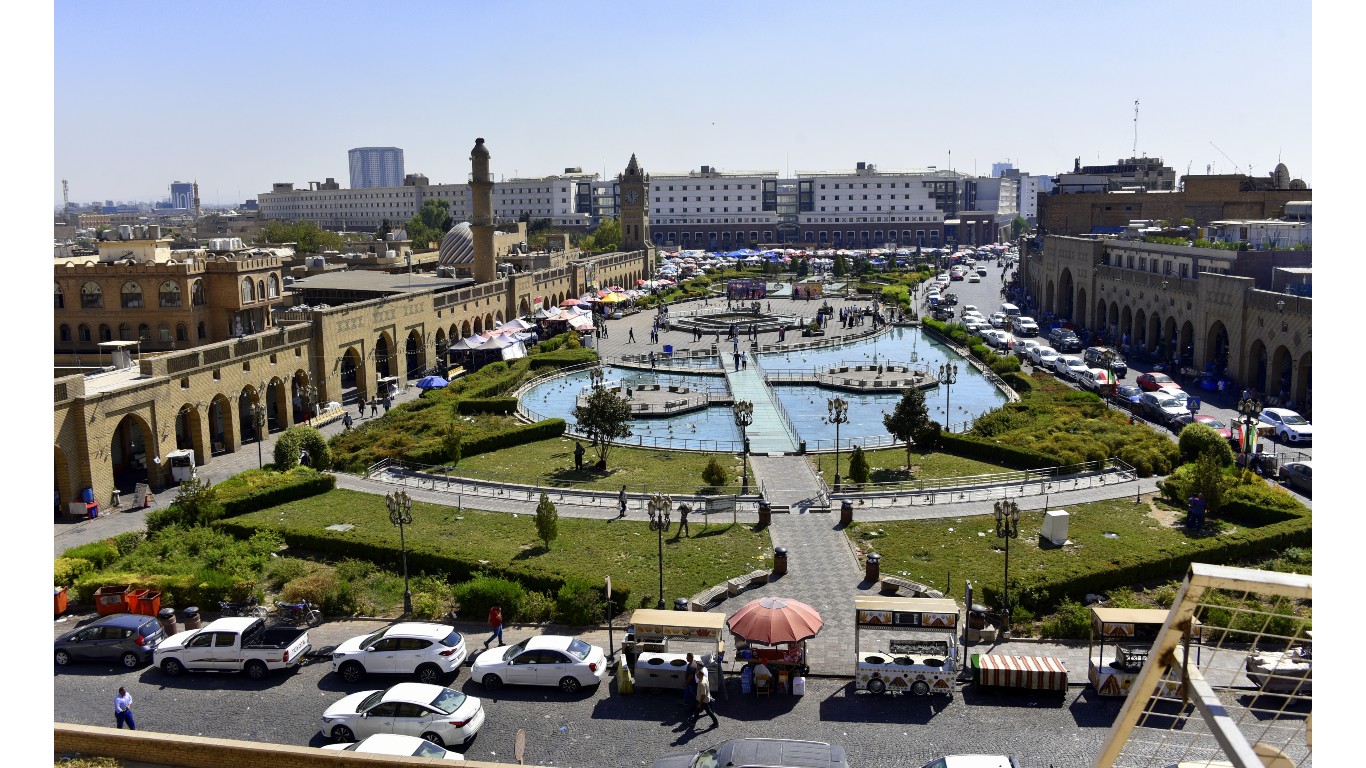
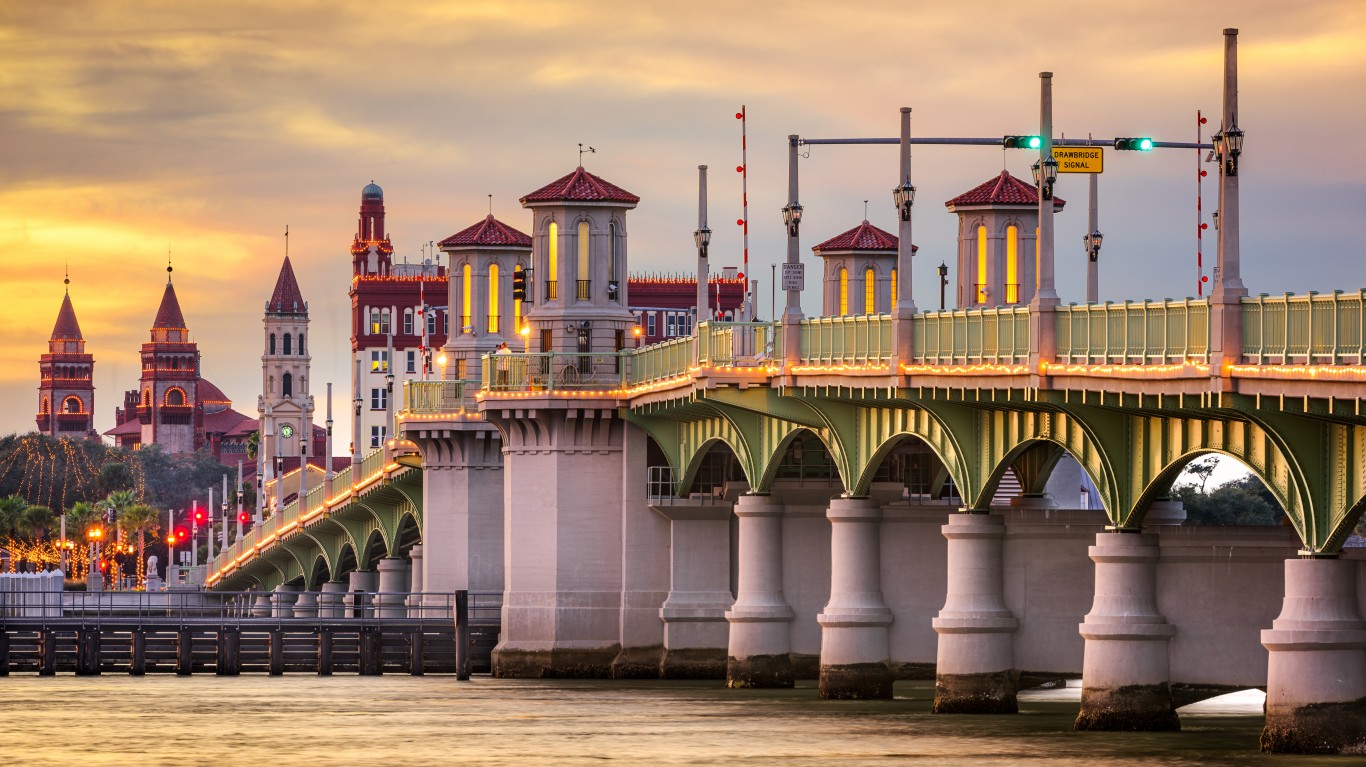 24/7 Wall St.
24/7 Wall St.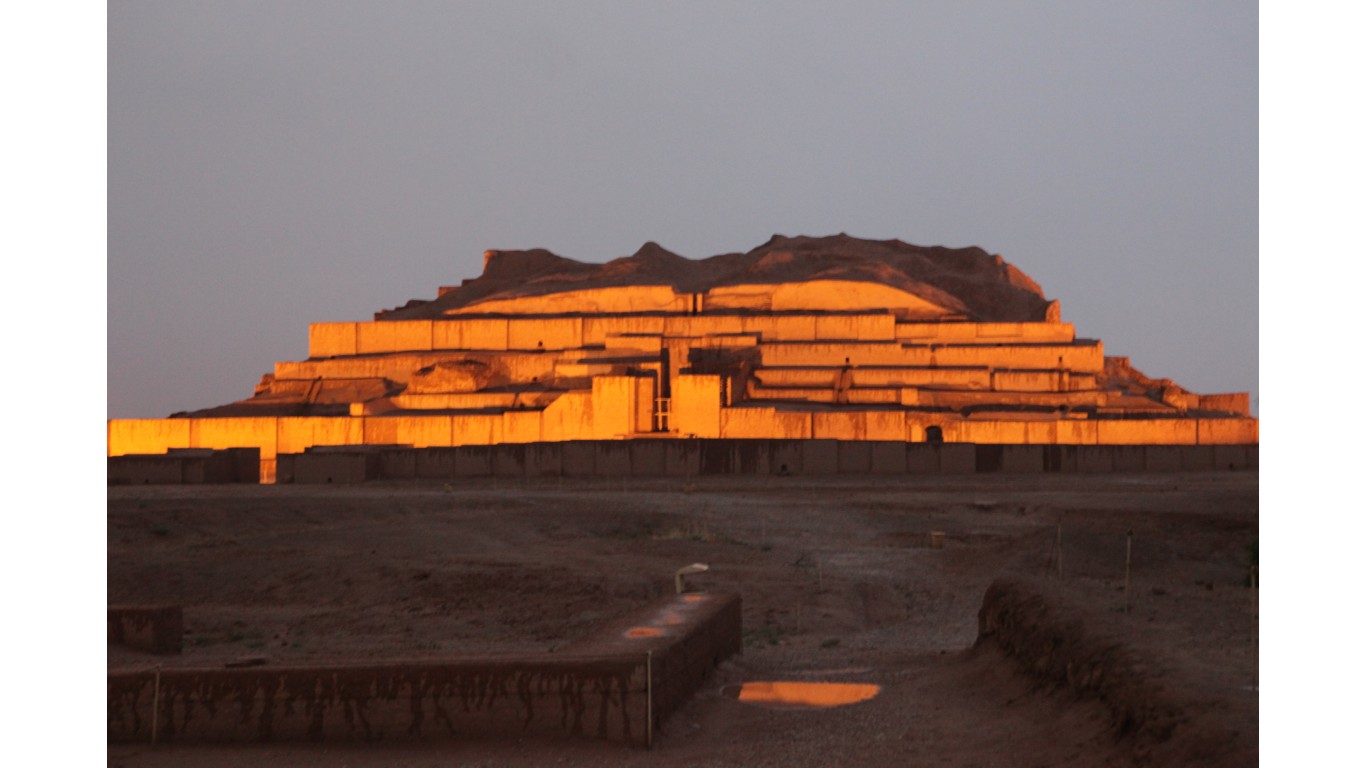

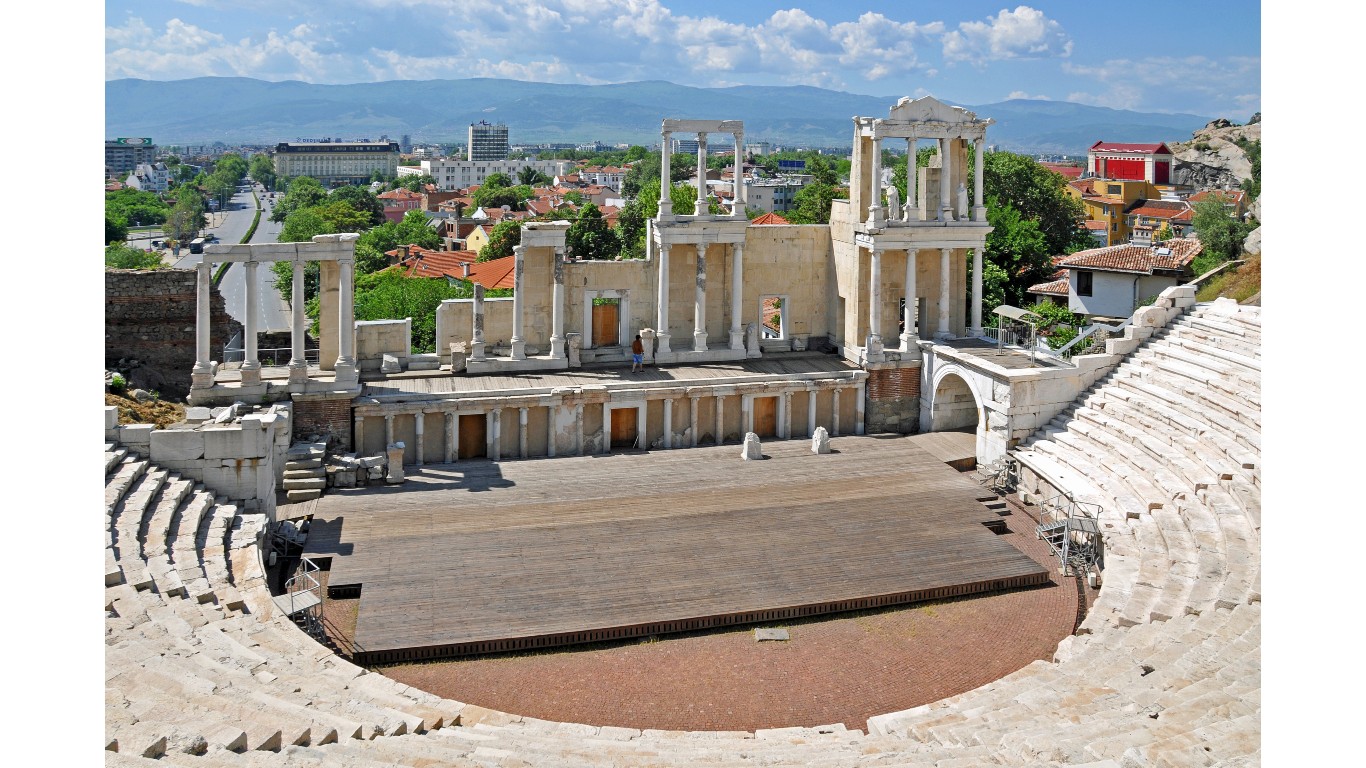
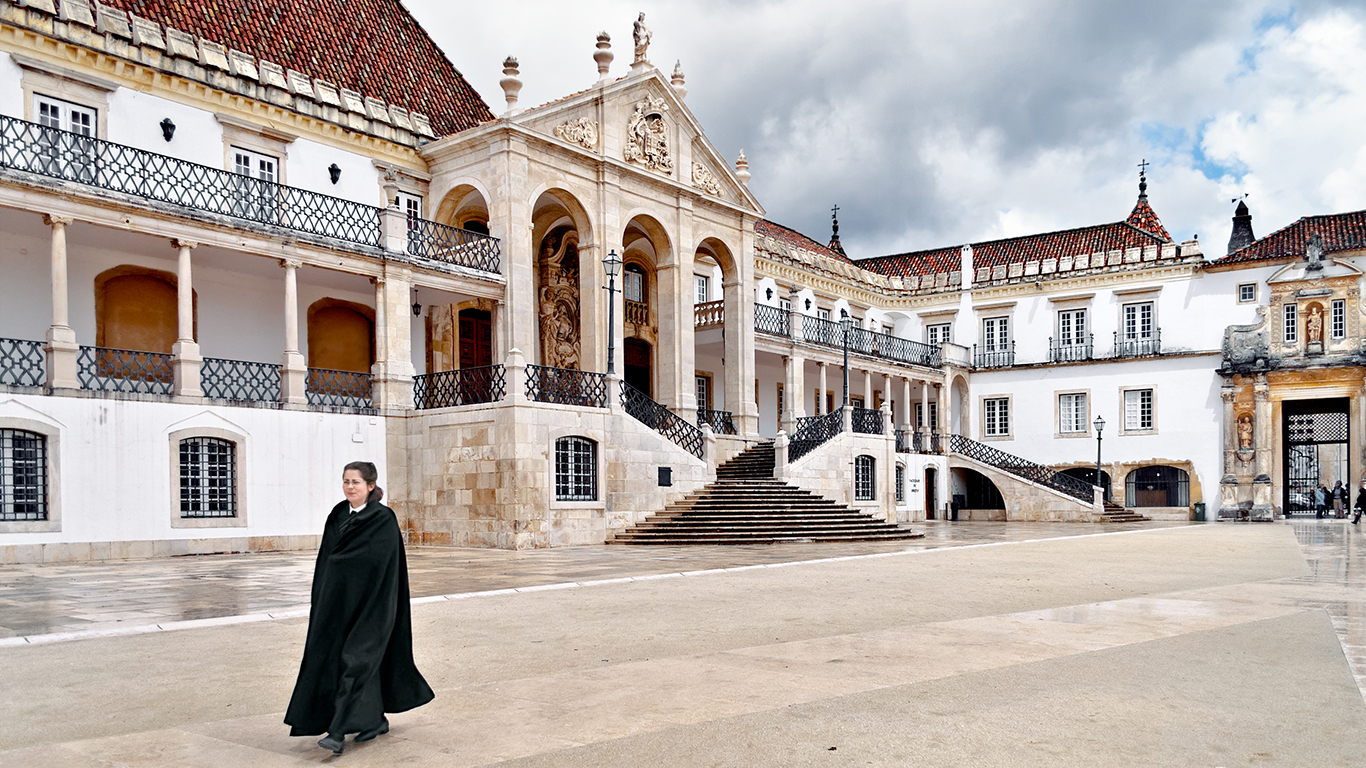 24/7 Wall St.
24/7 Wall St.


